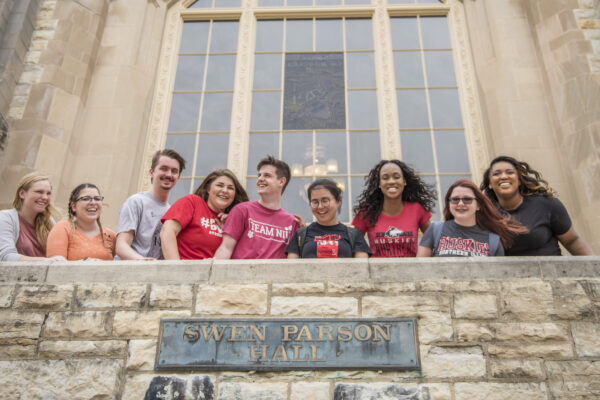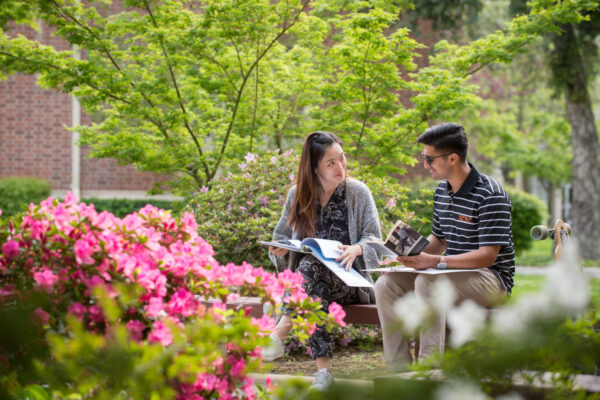By Allan E. Goodman
The Institute of International Education (IIE) began its work to promote educational exchange in the middle of the Spanish influenza pandemic of 1918–20. Within a few months of its declared end, the number of international students coming to the United States increased, as did the number of American students studying abroad. More than 1,500 Americans were studying in French and British universities by 1922–23, compared with just a few hundred students in 1920–21. IIE worked with a consortia of U.S. colleges and universities to create the first formal junior year abroad program, which began in the 1923–24 academic year. By the end of the decade, international enrollments in the United States had increased from 6,000 to more than 9,000.
IIE continued to promote educational exchanges through 10 more global and regional pandemics between 1957 and 2018. In the aftermath of each, international student enrollment and U.S. study abroad not only resumed rapidly but also grew. For example, during the swine flu pandemic from 2009 to 2010, the number of U.S. students studying abroad in Mexico and Central America sharply declined. Then, as U.S. students resumed going there in subsequent years, the numbers steadily increased. When the total number of Chinese students to the United States decreased during and after the SARS outbreak in China (2002–04), the rate of students then flattened and rebounded within three years. Five years later, the total number of Chinese students was almost 20,000 higher than before SARS.
I have every reason to think that the 2021–22 academic year will see the same dynamics, and that exchanges and academic mobility will resume regionally as well as globally.
Getting from now to that point requires some things our higher education institutions cannot control. Local health conditions have to support renewed travel and in-person engagement, and intercontinental air service needs to be fully operational. Consulates must reopen to process student visas. Banks in other countries need to be open so that loans and currency transfers can be processed for families whose students depend on such resources to finance their education. National and local health authorities need to determine quarantine policies and regulations.
But we do have a lot of impact on the other ingredients for resuming international education and exchange.
We need a vaccine, and U.S. higher education is contributing to work on that with faculty, researchers and labs, and industry partnerships. We need to care for the international students who are already here. According to IIE’s latest survey, 92 percent of students at responding institutions did not go home when the pandemic struck and are having to find ways to make it through the summer. The number of students at institutions who are expecting to resume their studies and progress toward degrees in the fall is very large. Based on international enrollment data from Open Doors, this would equate to over 700,000 students. In May, IIE set aside over $2 million for emergency grants to international students facing immediate problems. And as the dimension of the needs became clearer, many U.S. campuses are helping by providing individual grants, keeping residences and labs open, and offering on-campus jobs, all of which many students count on.
As plans for the fall term become clearer for each campus, international student advisors and offices are working hard to help students pivot to new realities.
Many of the expected 200,000 newly admitted international students may remain in their home countries at the start of this academic year. From all of our surveys in the field and through outreach by EducationUSA advisers around the world, it is clear that this cohort would still like to complete—if not also begin—their studies at American institutions. If the fall must be virtual, we hear that this will be fine. Interest in an on-campus experience and U.S. degrees have not diminished. As one student observed, “We know the pandemic will end, not our aspirations to complete our studies and receive our degrees.”
When exchanges and student mobility resume, this pandemic may have given all destinations countries a more level playing field. As 2020 began, there were nearly 5 million international students. The top host countries were the United States, China, and the United Kingdom, hosting a combined total of over 1.75 million. Eleven other countries had declared foreign policy goals to increase their international enrollments substantially by mid-decade, resulting in a projected fierce competition for talent. All have universities that rank among the world’s top 100. All are now on pause.
All host countries are dealing with the aftermath of major COVID-19 outbreaks. All of their universities had to switch to online instruction by mid-semester and close their residences abruptly this past spring. National authorities had to order a cessation of most air services, foreign ministries had to close their consulates, and cabinet agencies in many destination countries are now engaged in rethinking visa policies and procedures.
Planning for the 2021–22 academic year gives us all a chance to open academic doors wider than ever before. And so far, no pandemic has caused us to do otherwise.
If you have any questions or comments about this blog post, please contact us.


